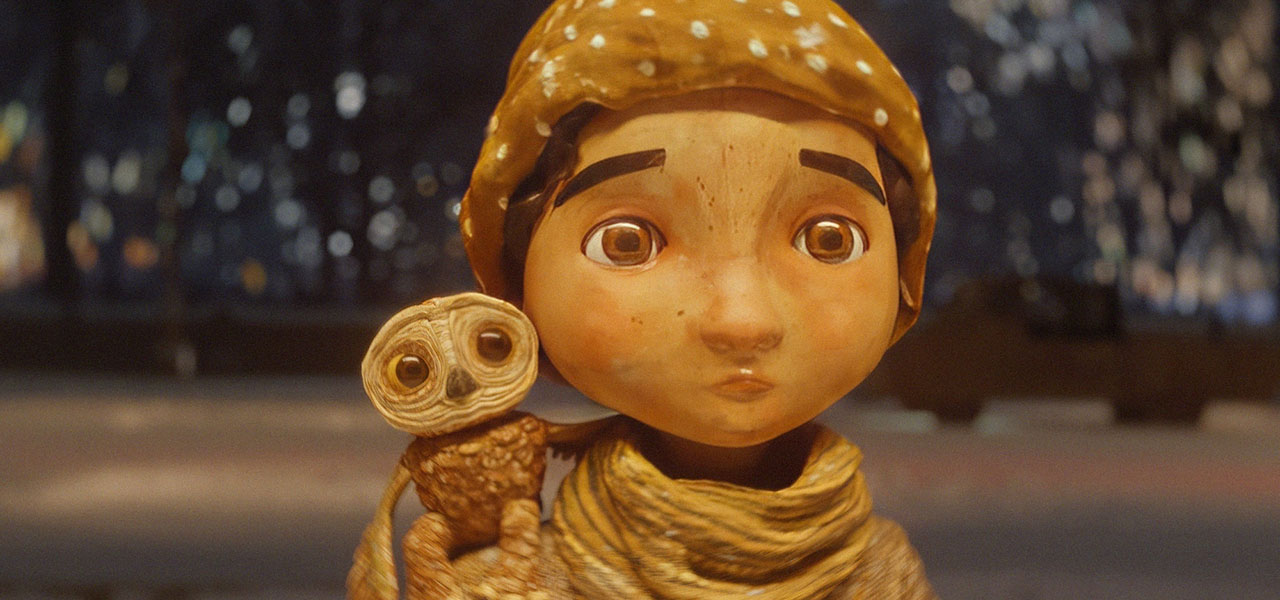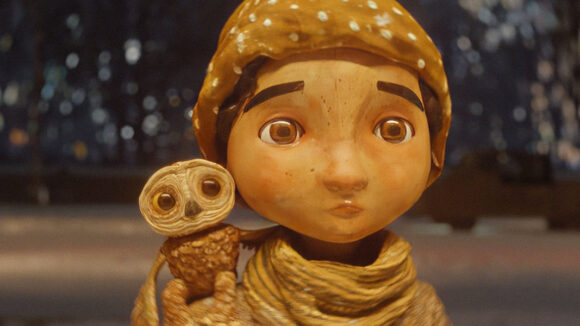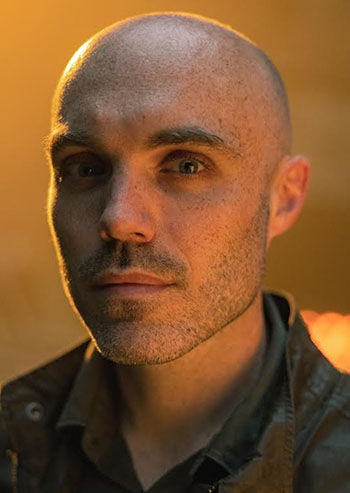

2025 Oscars Short Film Contenders: ‘An Almost Christmas Story’ Director David Lowery
Cartoon Brew is putting the spotlight on animated short films that have qualified for the 2025 Oscars.
In this installment, we’re looking at An Almost Christmas Story from The Walt Disney Company and director David Lowery. The short earned its Oscars qualification through theatrical exhibition.
Narrated by John C. Reilly, An Almost Christmas Story tells the tale of Moon, a curious young owl, who finds herself trapped in a Christmas tree destined for Rockefeller Plaza in New York City. Trying to escape the city, Moon befriends a lost girl named Luna. Together, they embark on an adventure written by BAFTA-winner Jack Thorne and helmed by by The Green Knight director David Lowery. The film is a co-production between Alfonso Cuarón’s Esperanto Films, Titmouse, and Maere Studios.
Cartoon Brew: Growing up on Christmas animated classics, how did you feel bringing your own holiday narrative to the screen, and how have those stories and films impacted your project?

David Lowery: The Christmas movies I grew up on were never far from my mind when I was making this. I knew this had the potential to create memories for a young audience the way Rudolph and the Grinch and Charlie Brown’s Christmas special did for me. I really wanted to bring my own perspective on the holidays into the story, but as I interrogated that perspective, I realized that the core of it was rooted in movies, specifically, some of those animated classics.
The Charlie Brown special [A Charlie Brown Christmas] is one I keep coming back to. Something about the Vince Guaraldi music in that one really stuck with me, and when I think about Christmas, it’s usually accompanied by that melancholy piano music that evokes so much sadness and happiness at the same time. Those feelings are something I tried to capture in An Almost Christmas Story, and they’re some of the aspects that make the movie very personal to me.
What was it about this story or concept that connected with you and compelled you to direct the film?
I just love New York at Christmas! That was the first hook. Because I didn’t grow up in Manhattan, most of my exposure to the city as a child was in classic Christmas movies, from Miracle on 34th Street to Home Alone 2. I was excited to contribute something to that canon. I also loved that the script that Alfonso [Cuarón] and Jack [Thorne] had written used this true story as a jumping off point for a very unexpected story of connection and compassion.
What did you learn through the experience of making this film, either production-wise, filmmaking-wise, creatively, or about the subject matter?
I learned how to make an animated film – or at least, I scratched the surface of learning how to make an animated film! It was a huge learning curve for me. The movie was originally meant to be live action, but bit by bit I started to introduce animated elements to it. Fairly late in the game, I realized that the best version of what I was hoping to achieve existed entirely in an animated form, and we made a hard pivot to full cg. Now I’m hooked on it. I would love to continue working in this medium, and explore different types of animation. It really allowed me to indulge my perfectionist streak, and it also gave me the opportunity to collaborate with and learn from some really incredible artists.
Can you describe how you developed your visual approach to the film? Why did you settle on this style/technique?
My initial directive was: let’s make New York City out of cardboard. I’ve always loved making things out of cardboard – all of the movies I made as a child are full of cardboard sets, cardboard spaceships, cardboard everything. It was a conduit for my imagination as a child, and as soon as we realized we weren’t going to shoot the film in New York, I decided that cardboard would be our material of choice. That then informed the aesthetics of everything else. Everything needed to have very specific textures that harken back to arts and crafts. I wanted the principal human characters to look like papier-mâché.
Nicholas Ashe Bateman at Maere Studios was the creative designer of the movie, and he took my ideas and ran with them and made them beautiful. He and his team built everything, lit the shots, set the cameras, and rigged all of the characters. Then our crew of animators at 88 Pictures brought the characters to life, and really embraced the more rough-hewn style we were going for. I was hoping for something that synthesized what I love about both stop-motion and cg animation, and felt like a blend of the two.

